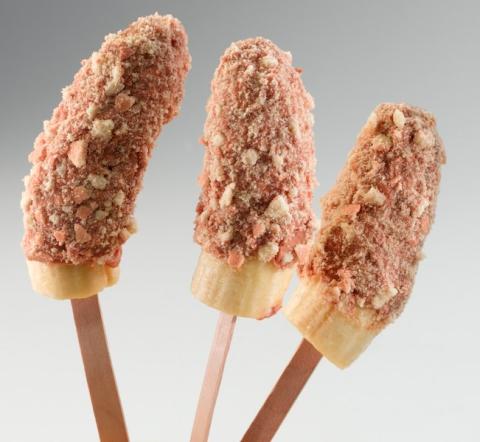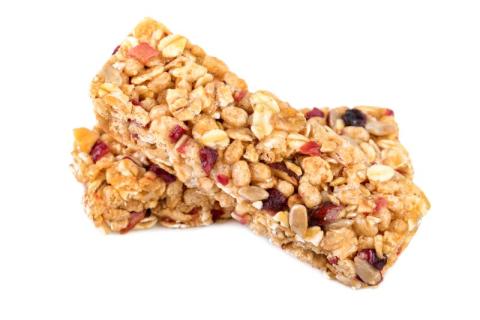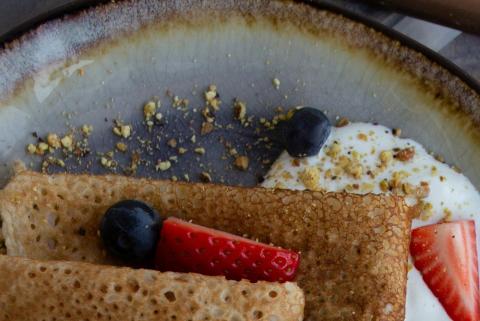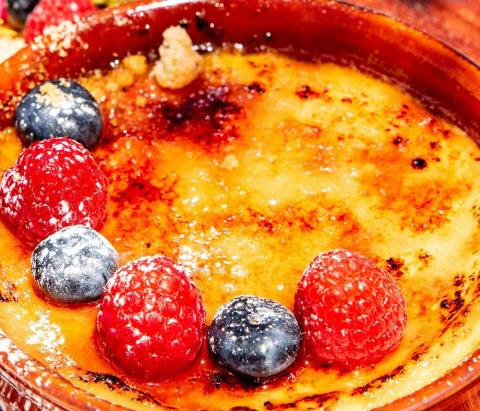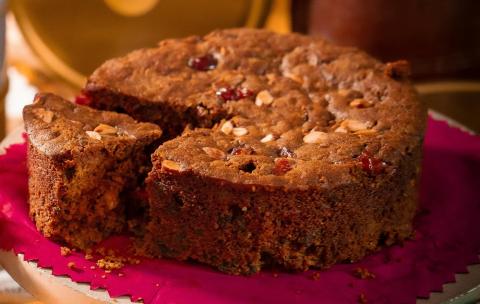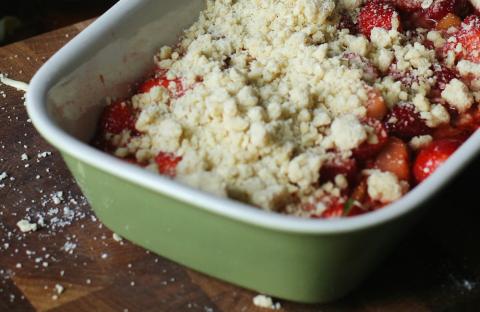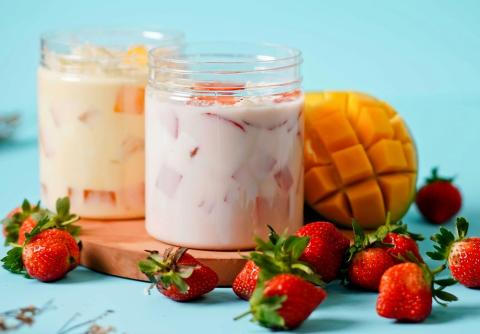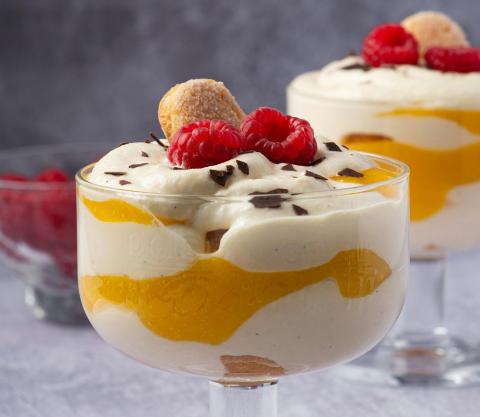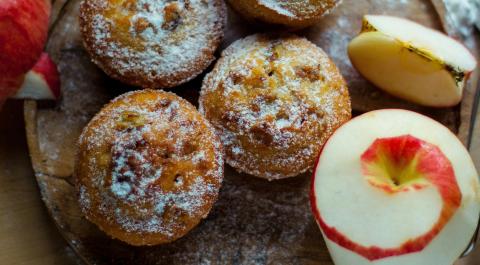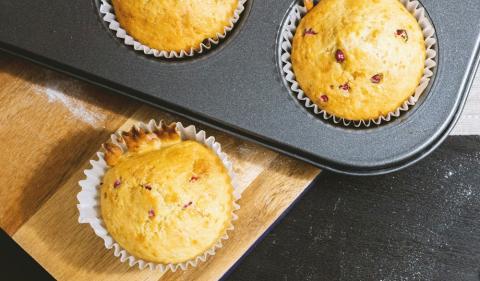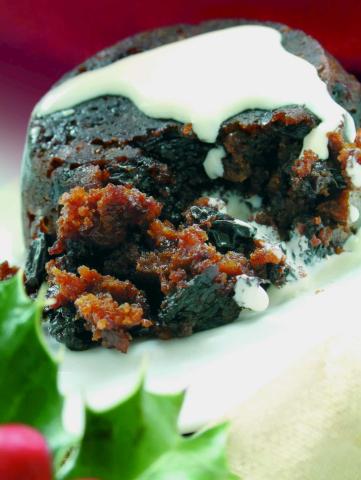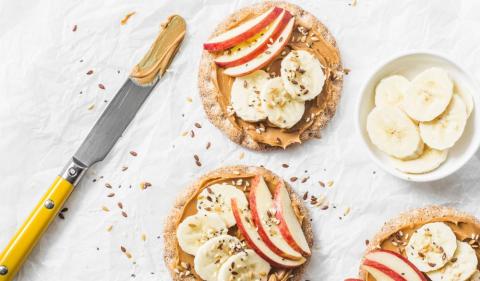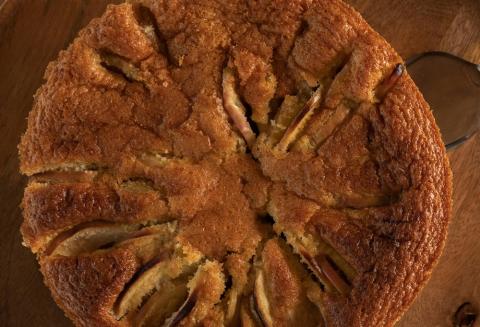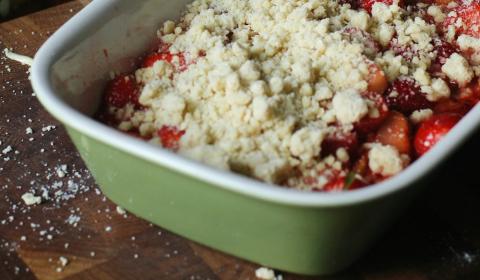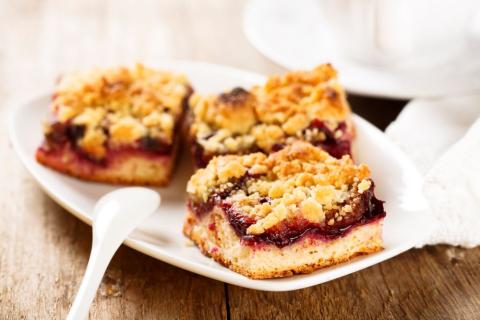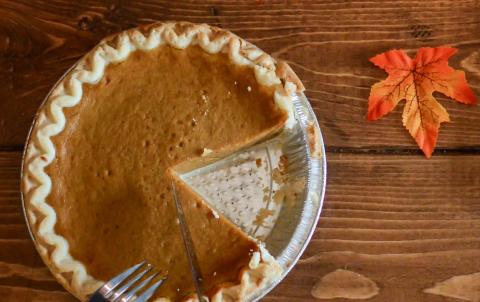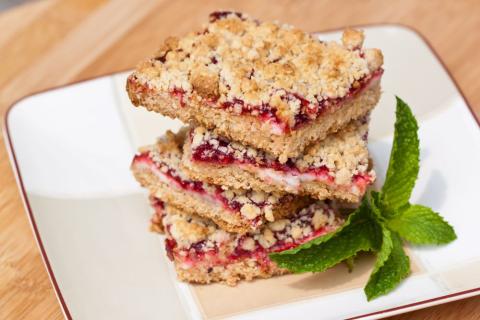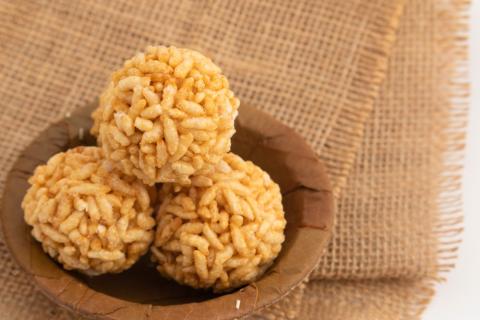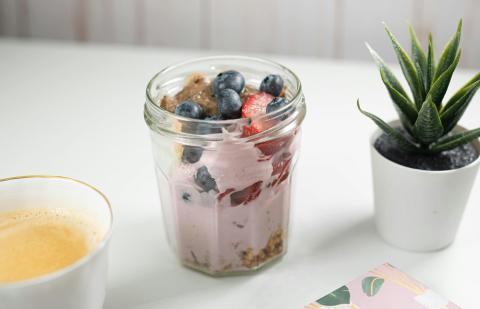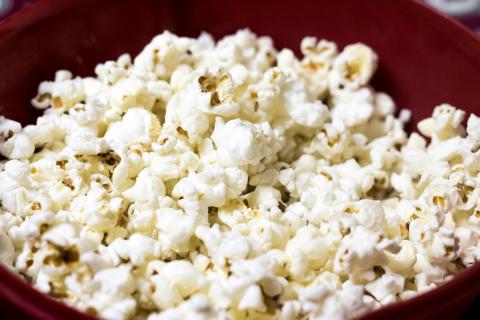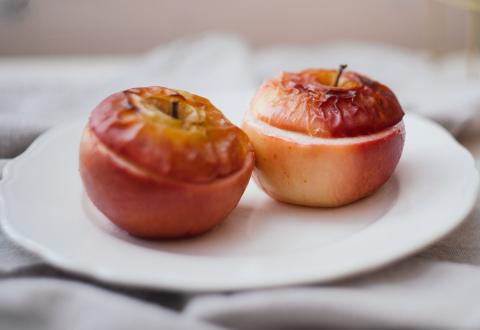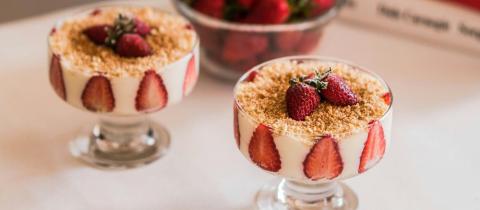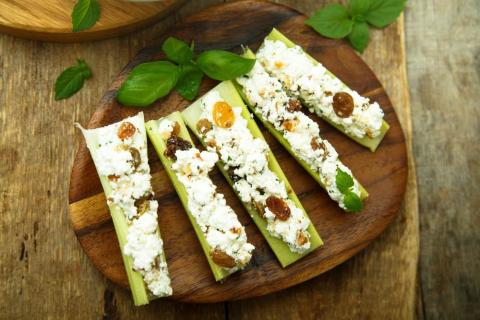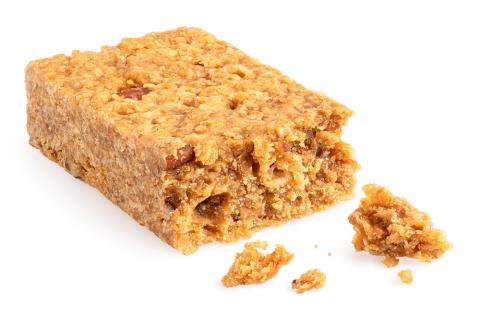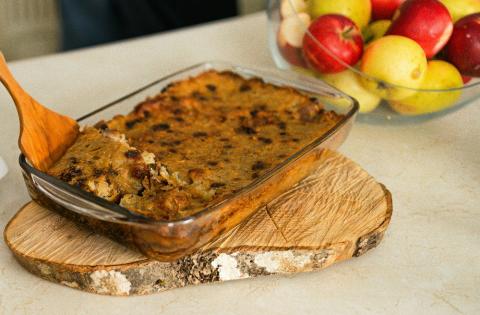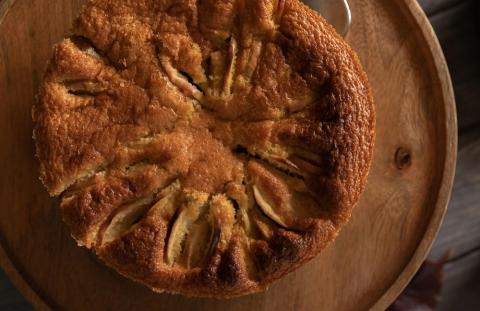- 4 (250g) Plums
- 3 (340g) Apples
- 30 (150g) Blackberries
- 2 Heaped tablespoons (60g) Self-Raising Flour
- 9 Teaspoons (45g) Sugar
- 6 Dessert spoons (60ml) Fresh Orange Juice
- 2 ½ Tablespoons (40g) Low Fat Spread
- 1 (50g) Egg
Ingredients
Allergy Disclaimer
Always check the label of each ingredient for allergy warnings.
Method
- Preheat the oven to 180°C / 160°C fan oven / 350°F / gas mark 4.
- Cut plums in half and remove stones then cut into thick slices. Wash and drain blackberries. Peel and core the apples then slice.
- Put the fruit into a 1.2 litre (2 pint) ovenproof dish and mix together. Drizzle 4 dessertspoons of orange juice over the fruit.
- Bake in the oven for 10 minutes. Meanwhile put the sugar, spread and flour into a bowl, crack in the egg. Mix together with a hand-held electric mixer or wooden spoon until smooth.
- Add the remaining orange juice and stir gently until all ingredients are mixed together.
- Remove the fruit from the oven and pat down gently with the wooden spoon before spooning the sponge mixture on top. Spread until even and return to the oven for a further 25-30 minutes.
- Remove from oven once the sponge is well risen, golden and springs back when pressed with a fingertip.
Time Saver Tips
Use frozen fruit or canned in juice.
Cost Saver Tips
Use frozen fruit or a mix of fruit you have already. E.g. pears
Tips for Kids
They would enjoy blackberry picking. Try with just one fruit at first if they are unsure.
Nutritional Information
Based on a single serving of 185g (% of an adult's reference intake)
Energy
205 kcals ( 10 %)
862 kJ ( 10 %)
Fat
1.3 g ( %)
Saturates
37.4 g ( %)
Sugar
26.3 g ( 29 %)
Salt
0.4 g ( 7 %)
Detailed nutritional information
| Per 100g | Per 185g serving | |
|---|---|---|
| Energy Kcals | 111 | 205 |
| Energy Kj | 466 | 862 |
| Protein | 2.3 g | 4.3 g |
| Total Fat | g | g |
| Saturated Fat | 0.7 g | 1.3 g |
| Carbohydrates | 20.2 g | 37.4 g |
| Total Sugars | 14.2 g | 26.3 g |
| NSP Fibre | 1.8 g | 3.3 g |
| Sodium | 77 mg | 142 mg |
| Salt | 0.2 g | 0.4 g |
Find out about nutritional labelling
Nutrition labels on the front of packaging
- Most of the big supermarkets and many food manufacturers display nutritional information on the front of pre-packed food.
- Front of pack nutrition labels provide information on the number of grams of fat, saturated fat, sugars and salt and the amount of energy (in kJ and kcal) in a serving or portion of a recipe.
- The labels also include information about reference intakes (expressed as a percentage) which are guidelines about the approximate amount of particular nutrients and energy required for a healthy diet.
- The colour coding tells you at a glance if the food has high (red), medium (amber) or low (green) amounts of fat, saturated fat, sugars and salt.
- The more greens on the label, the healthier the choice
- Amber means neither high nor low, so you can eat foods with all or mostly ambers on the label most of the time.
- Reds on the label means the food is high in that nutrient and these are the foods we should cut down on. Try to eat these foods less often and in small amounts.
Food shopping tips
If you’re trying to decide which product to choose, check to see if there's a nutrition label on the front of the pack. This will help you to quickly assess how your choices stack up. You will often find a mixture of red, amber and green colour coding for the nutrients. So when you're choosing between similar products, try to go for more greens and ambers and fewer reds if you want to make a healthier choice.
 Activities & Play
Activities & Play Behaviour
Behaviour Childcare
Childcare Development & Growing Up
Development & Growing Up Family, Friends & Relationships
Family, Friends & Relationships Feeding Your Baby
Feeding Your Baby Food & Eating
Food & Eating Health & Safety
Health & Safety Mental Health & Wellbeing
Mental Health & Wellbeing Money & Work
Money & Work Online Behaviour & Safety
Online Behaviour & Safety Pregnancy & First Days
Pregnancy & First Days School & Education
School & Education Sleep
Sleep


